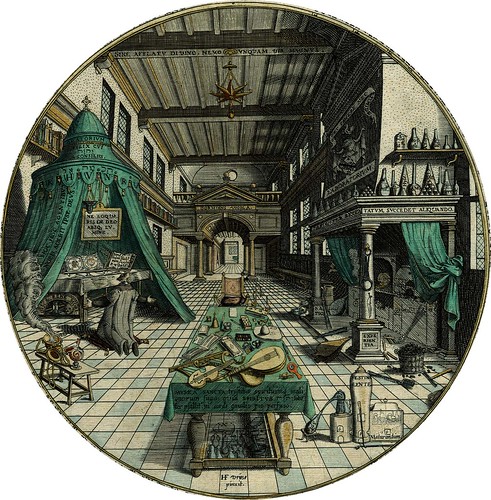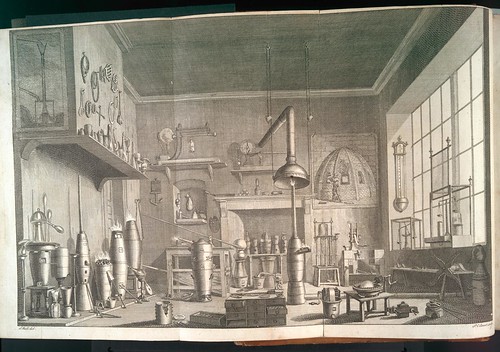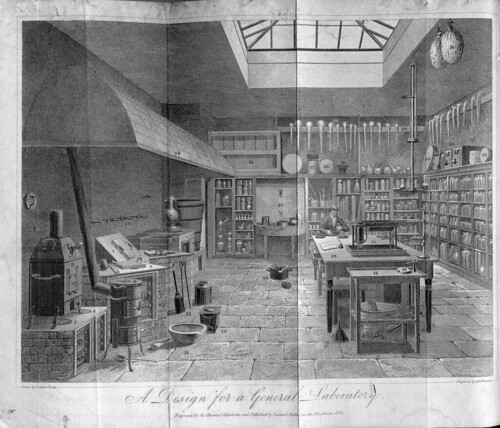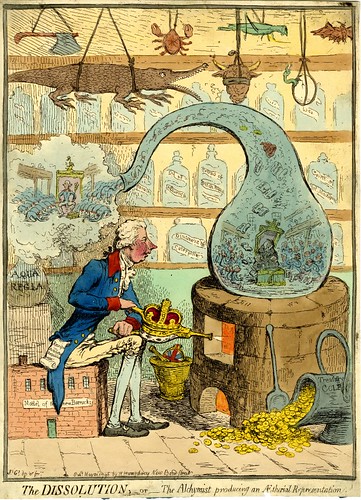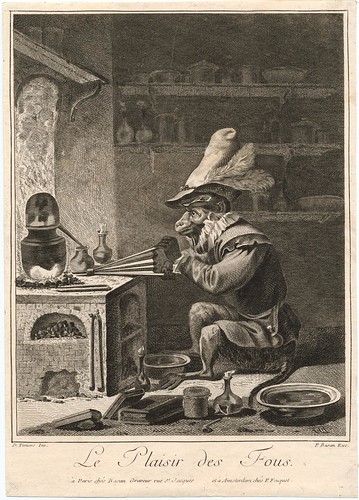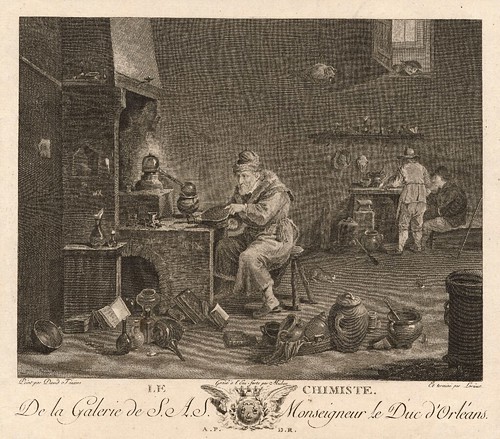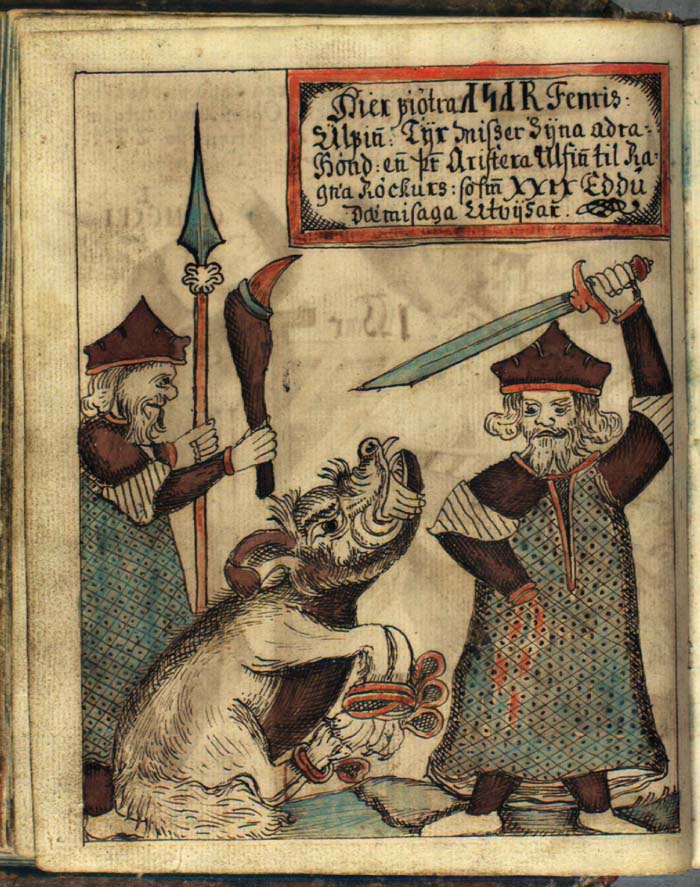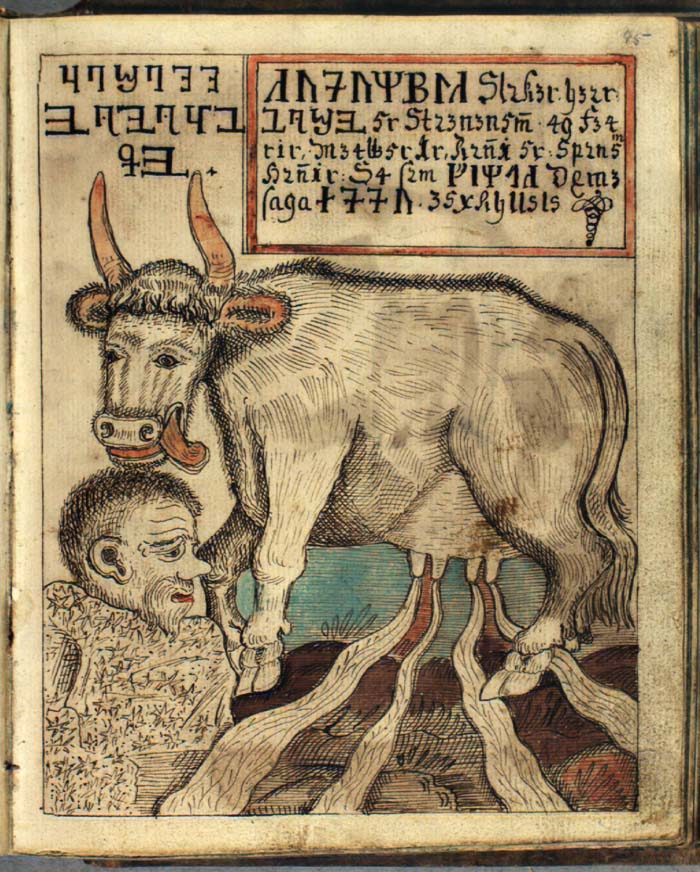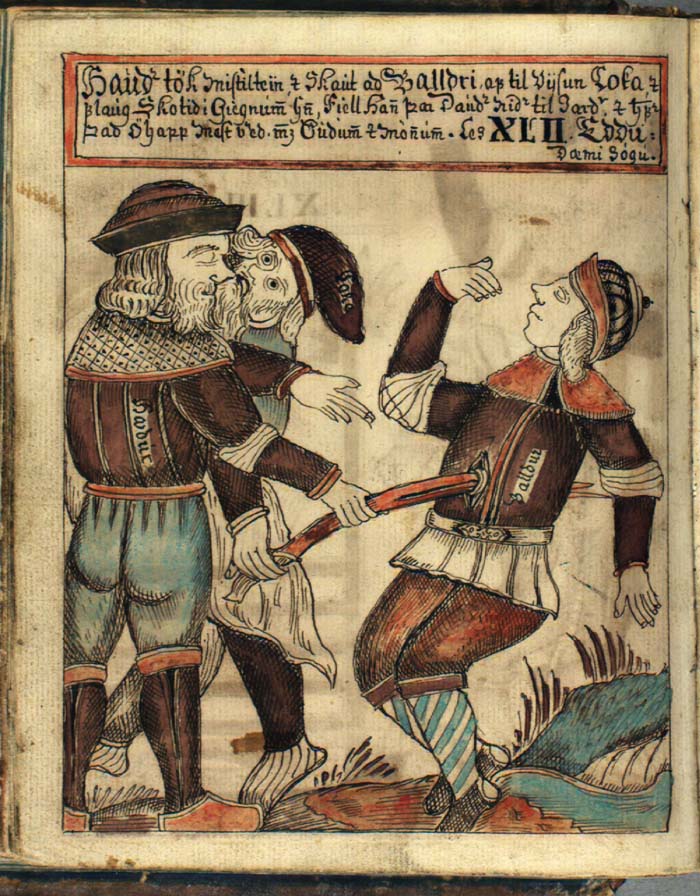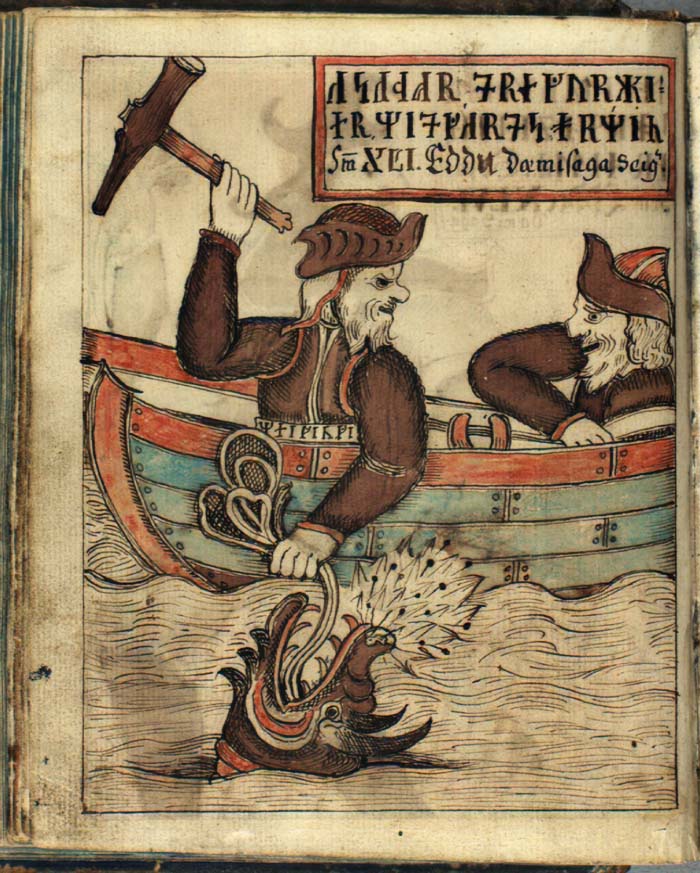I found this manuscript –has an amazing set of
volvelles- at Penn Libraries ,
online available with tag LJS 64. The work is titled “Theoricae novae planetarum”, by 15th-century Austrian astronomer Georg von Peurbach,
who taught at the universities in Padua
and Ferrara.
The diagrams demonstrate
increasingly complex planetary motion (at least for 15th Century). The
Theoricae Novae was an attempt to present Ptolemaic astronomy in a more
elementary and comprehensible way. The book was very successful, replacing the
older Theoricae Planetarum Communis as the standard university text on
astronomy.
Von Peurbach was very precise taking in
account 15th Century astronomy resources & instruments: In 1457 he observed an eclipse and noted that it had occurred 8
minutes earlier than had been predicted by the Alphonsine Tables, the
best available eclipse tables at the time. He then computed his own set of
eclipse tables, the Tabulae Eclipsium (remained highly influential for many
years).
About this codex provenance, was formerly owned by
Francesco Rolandi of Turin, teacher of mathematics (There is an inscription
dated 1655, inside upper cover). After Francesco Rolandi, books had other
owners but was finally sold by William
Patrick Watson Antiquarian Books (London), cat. 7 (1996), no. 79, to Lawrence
J. Schoenberg and Barbara Brizdle, 2011. (link to their manuscript
initiative provided).
